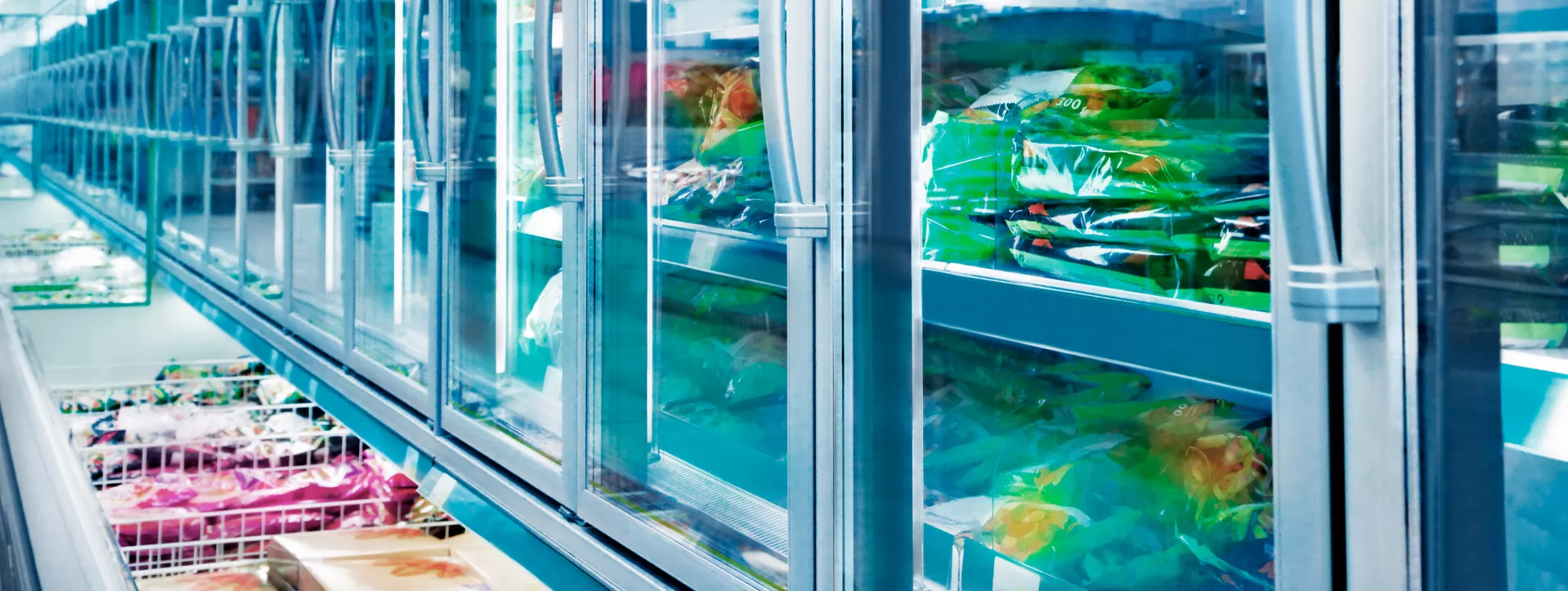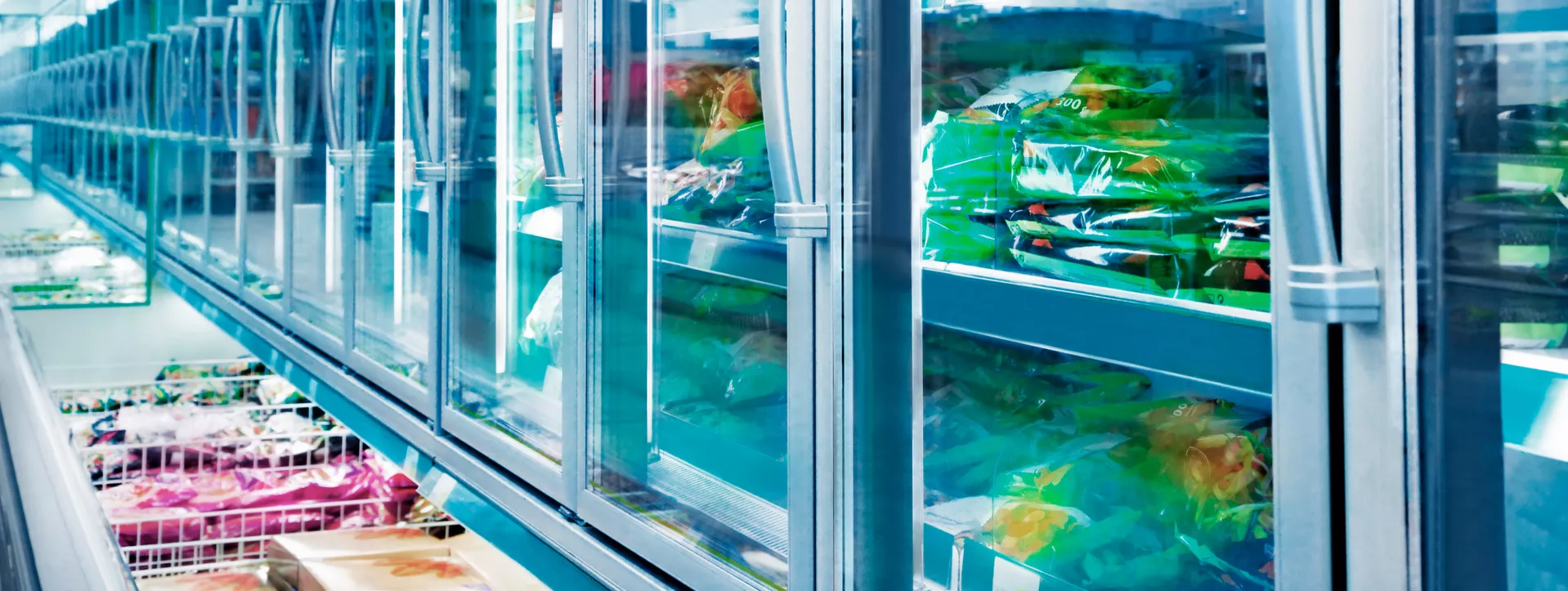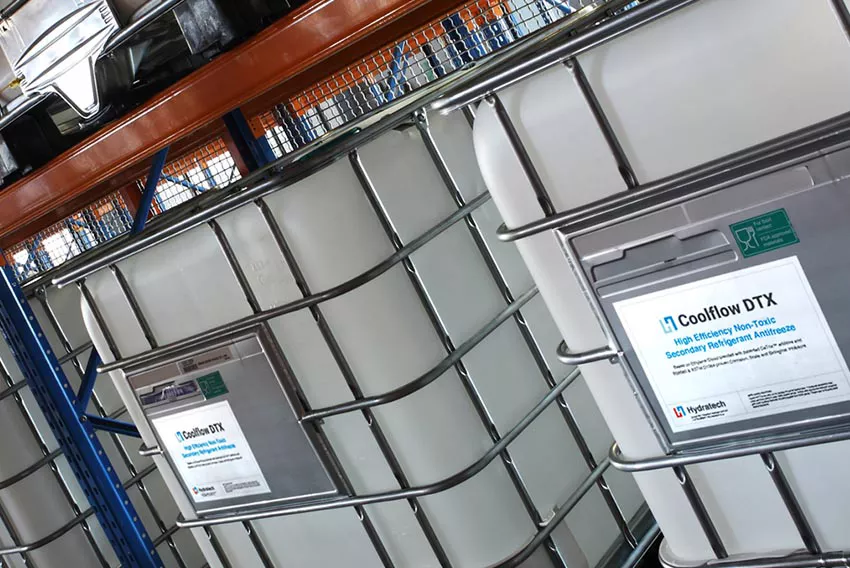Nearly half of the total electricity in supermarkets is consumed by the refrigerators. Cooling the display cabinets generates a significant amount of heat which is released into the atmosphere - while gas fired boilers are employed to provide space heating for the building.
With recent research suggesting that using heat recovered from refrigerators could cover 40% of space heating for supermarkets in parts of the UK, many major supermarkets and food manufacturers have adopted heat recovery to achieve their efficiency and sustainability objectives.
From Sainsbury’s closed loop borehole geo-exchange system to Lidl’s carbon neutral Co2 stores - achieving energy savings of nearly 40% compared to previous, supermarkets represent a key opportunity for energy savings.
Supermarket supply chains are also benefitting from the advances in heat recovery. Gressingham Foods’ new distribution centre at Norfolk was designed by JDI Cooling.
The energy-efficient, low-charge refrigeration system uses R449A HFC as the primary refrigerant and Hydratech’s Coolflow® Glycol as the secondary refrigerant to service a chill store area operating at 2°C and a cold store at -22°C, year-round.
Coolflow® Glycol is also used to transfer waste heat from the central refrigeration plant to an underfloor system beneath the chill and cold stores. Heat recovery is also utilised to provide the defrost.
Hydratech has established a close working relationship with the UK food supply chain over the last 20 years. From crop storage and distribution to retail display, the UK’s leading formulator of hybrid glycols and secondary refrigerants has helped the likes of Waitrose and Sainsbury’s improve the performance, efficiency and energy consumption of their refrigeration systems.
By retrofitting existing systems - moving from Propylene Glycol to Hydratech’s Coolflow DTX®, a high performance on-toxic secondary refrigerant, customers have reported considerable CO2 savings and a noticeable reduction in running time and load on their primary refrigerant compressors, which they believe will considerably prolong the life span of their system.
Customers such as Lidl and Ocado have designed their refrigeration systems with DTX in mind, allowing them make savings in hardware and capital expenditure. Where DTX is specified at the design stage, savings can be achieved through downsizing of primary gas compressors, heat exchangers, circulation pumps & motors, pipework diameter and length.
















